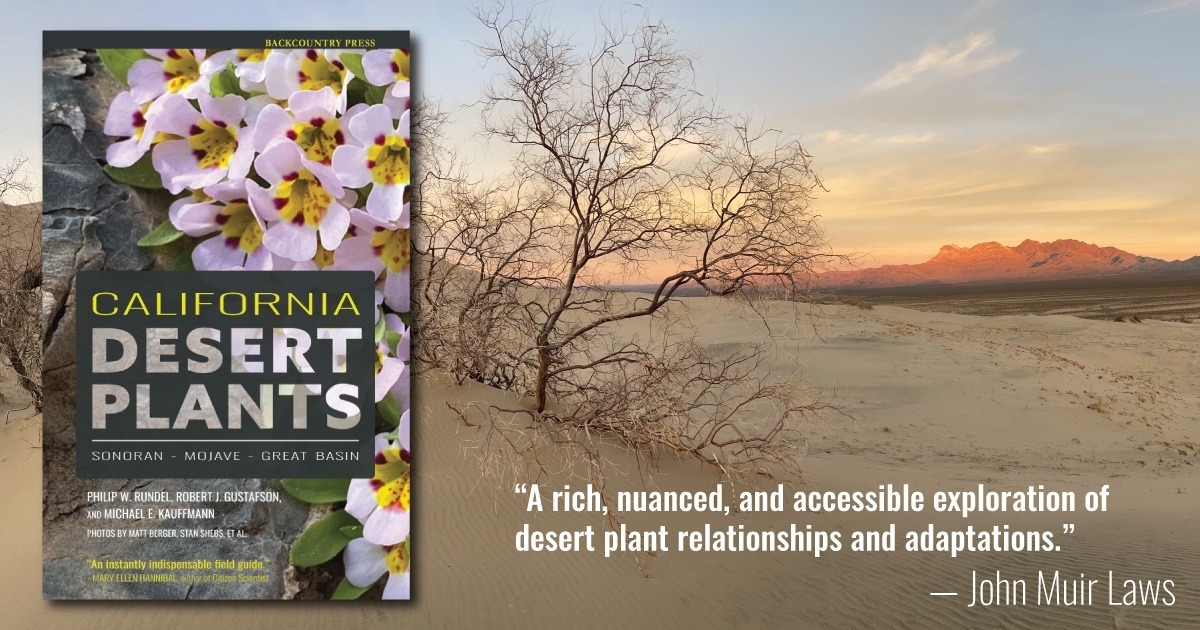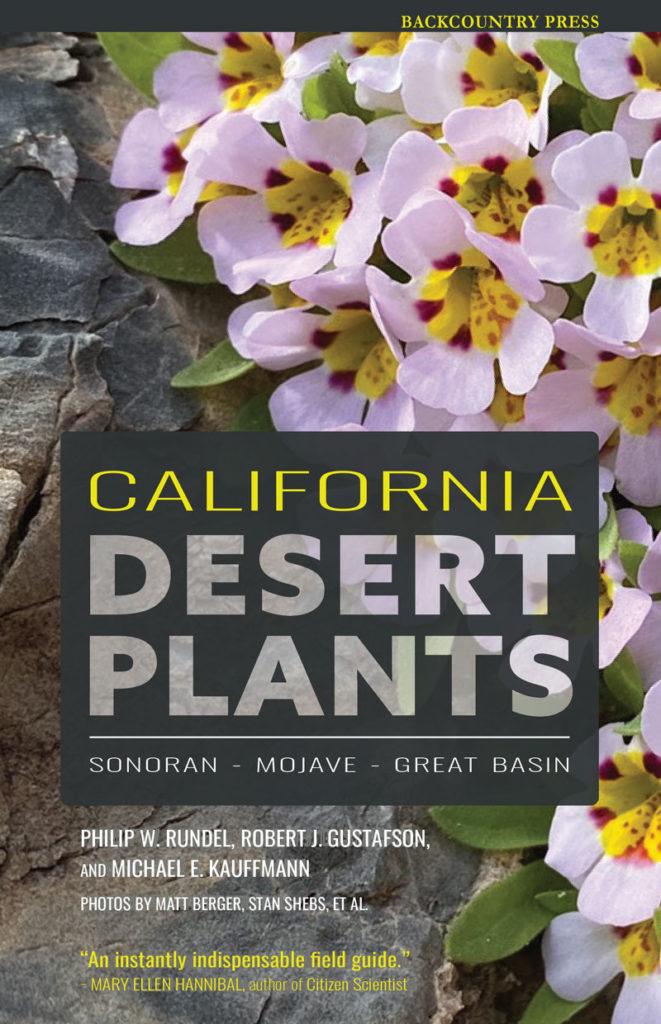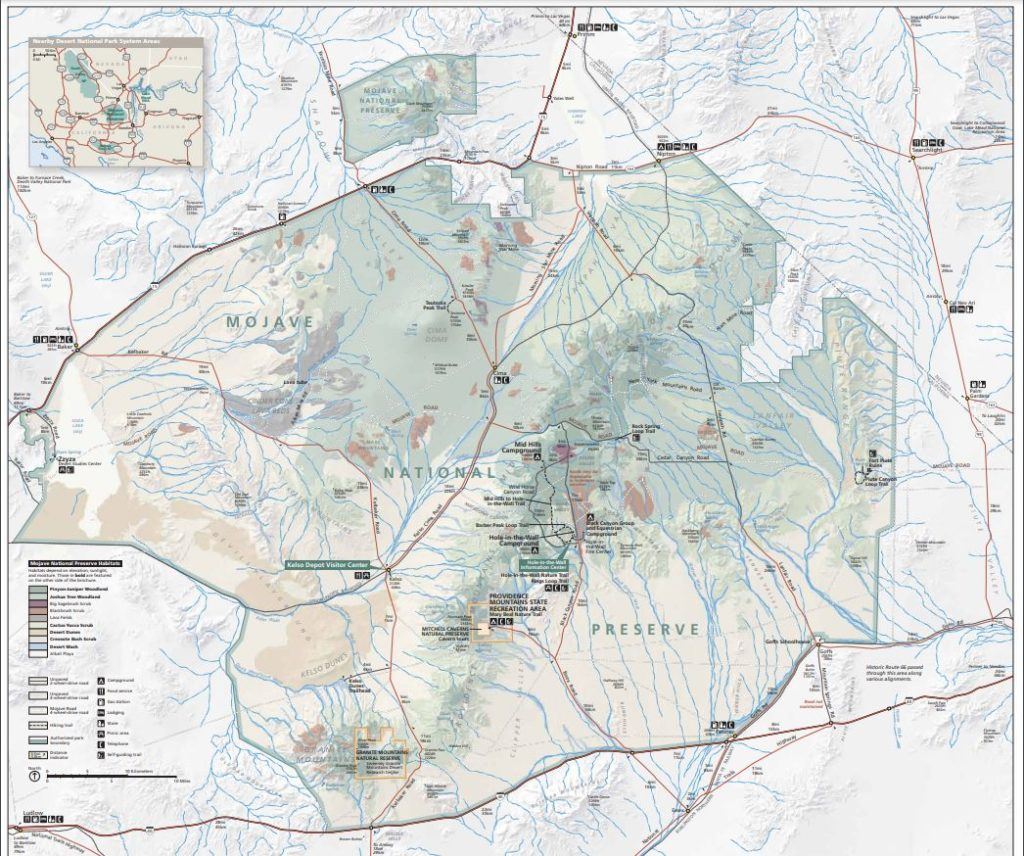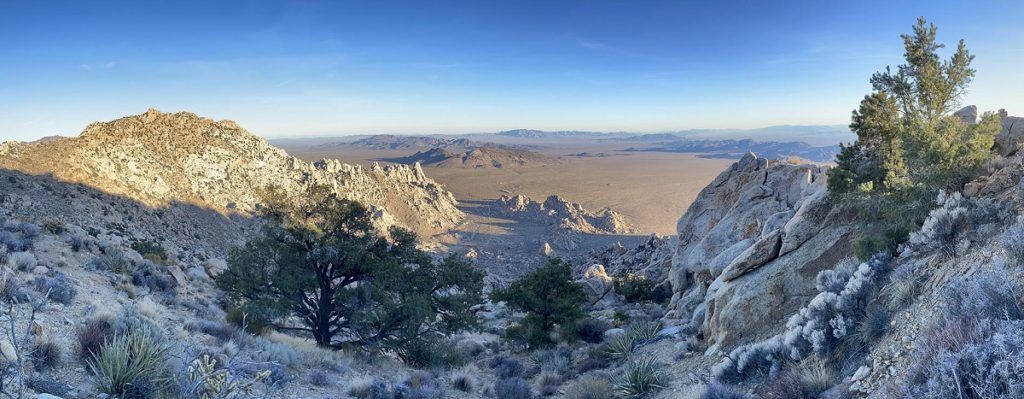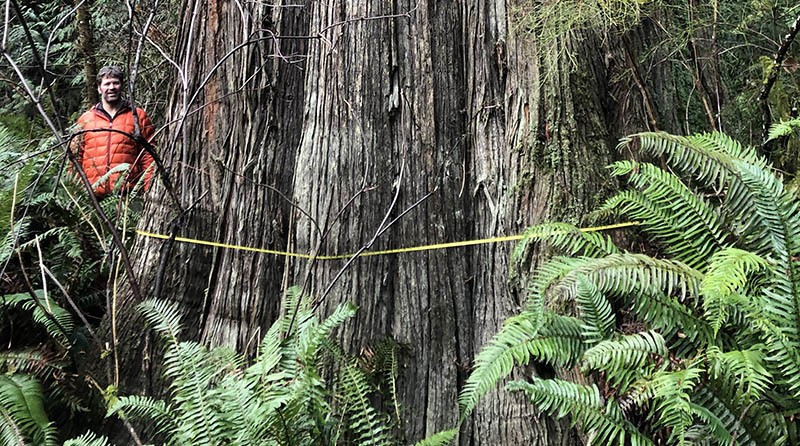California’s deserts have always fascinated me. In the late 1990s and early 2000s I visited many areas of the Sonoran, Mojave, and Great Basin in California while teaching in Southern California. Since moving north, I have often dreamed of returning. In 2020 Backcountry Press was approached by Dr. Philip Rundel from UCLA about doing a book on California Desert Plants. This was an exciting prospect and an easy decision to make. After over a year of work (he has been working on the idea on and off for 15 years) we are excited to announce that the book is done.
For me, this book is amazing because it tells the story of one of the harshest environments on Earth. There are three distinct desert areas in California—the northwestern portion of the larger Sonoran Desert, the Mojave Desert which extends beyond the state, and the western margin of the Great Basin. A key feature of the California deserts is the dominance of infrequent rainfall in the cool winter months and general absence of rainfall and associated drought in the summer months when warm temperatures are otherwise favorable for growth. The combination of these harsh conditions nurture amazing plants with a complicated variety of adaptations.
If you love the California deserts and its plants, and would like to help support this passion project head on over to Backcountry Press and pick up a copy today.
Continue reading “California Desert Plants”